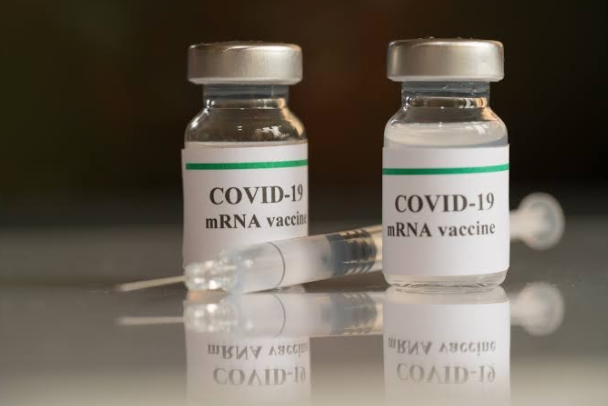COVID-19 Update November 21, 2020
- icshealthsciencejournal

- Nov 21, 2020
- 3 min read
Updated: Dec 1, 2020
This article contains:
Moderna’s mRNA Vaccine is 94.5% Effective
Moderna’s mRNA Vaccine is 94.5% Effective
Written By: Kandharika Bamrungektudom
Following the news of the successful Phase III trial of the Pfizer’s mRNA vaccine that was more than 90% effective, the biotech company Moderna Inc. released news of its own mRNA vaccine that had also gone through the Phase III trial as well. The results from the trial showed that the Moderna’s vaccine was 94.5% effective in preventing the COVID-19 infection.
The Phase III trial of the Moderna vaccine, which began back in July 27 of 2020, involved 30,000 volunteers. Half of the participants received two doses of the mRNA vaccine 28 days apart, and half of them received a placebo, also 28 days apart. The participants gathered were of diverse backgrounds of ethnicity and age. The results which were announced on November 16, 2020 showed that 95 participants were infected with COVID-19, 90 of whom were given the placebo and 5 of whom received the real vaccine.
There were some differences between the protocols of the two company’s vaccine trials that could have contributed to the small difference in the result of efficacy. Firstly, the participants in the Moderna trial had to have at least two COVID-19 symptoms in addition to a positive test for the individual to be counted as “infected with COVID-19” in the study, as opposed to one symptom in the Pfizer study. Secondly, Moderna counted the cases 14 days following the injection, while Pfizer counted the cases 7 days following the injection.
While the Pfizer vaccines have to be stored at minus 70 degrees Celsius, the Moderna’s vaccine could be safely stored at a more practical and achievable temperature of minus 4 degrees Celsius. This temperature could easily be achieved by using a refrigerator freezer. Furthermore, the Moderna’s vaccines would also remain effective up to 30 days, which allows time for its distribution.
Side effects had been found in those who received the vaccines in both the Moderna and the Pfizer trials. The presence of side effects produced in vaccine trials is known as “reactogenicity.” Some of these side effects include severe fever, muscle pain, fatigue, joint pain and headaches, which could affect people from 2% to around 10%. This typically was experienced after the second dose, but was remarked by the co-inventor of the mRNA modifications that was used in both Moderna and BioNTech, Weissman, to “mean [that] the vaccine is working well … [It] means you had such a good immune response to the first dose and now you are seeing the effects of that.”
No long term side effects had been discovered, but it was predicted that people with lupus may experience “flare-ups,” due to the immune response generated by the vaccine. Yet, it was still suggested by Betty Diamond, an immunologist and rheumatologist at the Feinstein Institutes for Medical Research of Northwell Health, that “there’s every reason to suggest that people with autoimmune diseases ought to get either of these vaccines when they get rolled out.”
Moderna predicted that it would be able to distribute approximately 20 million doses of vaccine across the US by the end of 2020 and approximately 500 million to 1 billion doses next year worldwide.
Further Readings:
For more information about the Pfizer vaccine, a related article can be accessed on the ICS Health Science Journal titled, “COVID-19 Update November 16, 2020”
For more information about Moderna’s mRNA vaccine, a related article can be accessed on the ICS Health Science Journal titled, “COVID-19 Update June 3, 2020”







Comments